Legendary Chicago minister, gospel artist and civil rights leader Rev. Clay Evans died Wednesday, November 27 at 94.
With only five members, Rev. Clay Evans began Fellowship Missionary Baptist Church on September 10, 1950. A dynamic leader, Rev. Evans, along with the Fellowship Choirs, spread the gospel, and his church quickly became one of the most significant in Chicago.
In 1966, Rev. Evans welcomed Martin Luther King, Jr., to Chicago and opened the doors of Fellowship to Operation Breadbasket, the Southern Christian Leadership Conference's economic justice project. As a result, disapproving political and community power brokers canceled the building loans and construction permits for his new church. For the next seven years, the unfinished steel beams symbolized Rev. Evans' commitment to the civil rights movement.
In keeping with the vision of Dr. King, however, an interdenominational group of black and white pastors led by Rev. Jesse Jackson stood by Rev. Evans during this time. By 1973, he opened the doors to a state-of-the-art church at 45th Place and Princeton Avenue. Just four years later, his acclaimed "What a Fellowship Hour" television program would be broadcast from this site. With a choir led by his dynamic sister, Lou Della Evans-Reid, Fellowship has recorded over 40 albums, including the 1996 Stellar Award-winning I've Got a Testimony.
Rev. Evans' organizational leadership transcended Fellowship. He founded or helped to develop the Broadcast Ministers Alliance, Concerned Clergy for a Better Chicago, the African American Religious Connection, National Baptist Convention and Rainbow/PUSH Coalition. A strong advocate for education, Rev. Evans established the Clay Evans Scholarship Fund (CE$F) to support the dreams of high school students in Illinois and Tennessee.
From Fellowship, Rev. Evans launched the ministerial careers of more than 90 people, including Rev. Jesse Jackson in 1968 and Mother Consuella York in 1954. He was an inspiration for many, and his legacy lives on, including at Chicago Public Library, where he placed his archive and where you can see a HistoryMakers interview with him.


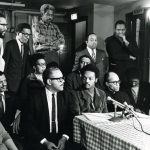
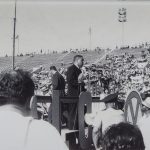
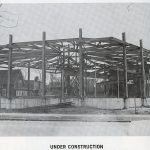
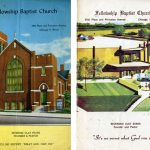


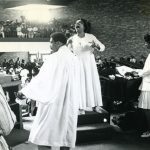
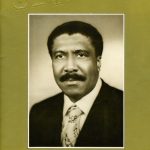
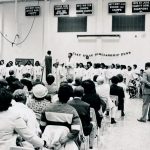
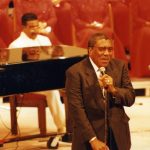


Add a comment to: Remembering Rev. Clay Evans